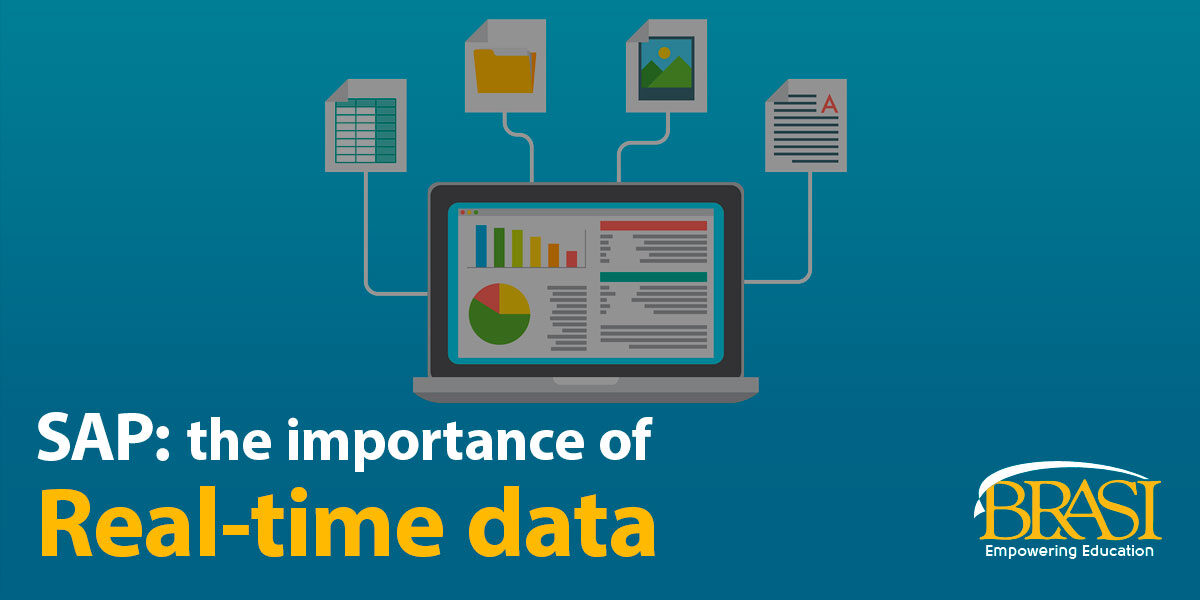Supply Chain Digital examines SAP’s eGuide “Surviving and Thriving: How Supply Chain Leaders can minimize risk and maximize opportunities.”
Made possible by the advancement and combination of several key technologies, including cloud, IoT (internet of things), and data analytics, real-time data has the potential to be a revelation for supply chain optimization. Dispensing with the need to store and analyze data at a later stage, modern data streams are becoming increasingly dynamic, allowing for in-situ updates that can hasten the remediation of problems as and when they arise.
The advantages of real-time insights include:
- Enhanced resilience
- Greater customer-centricity
- Scaled operational efficiency
- Superior visibility across the entire supply chain
- Seamless collaboration with other functions, partners, and suppliers
Supply Chain Leaders are consistently better able to reap the rewards mentioned above, despite their supply chain needs being far more complex than other companies in the sector. Over 50% of Leaders say their manufacturing processes are highly complex, with almost as many stating that their geographic footprint is similarly complicated.
In addition, Leaders are more likely than others to have highly complex design processes, quality control, and sustainability metrics. However, this isn’t necessarily a stumbling block for them, as they need to be able to leverage data from these widely dispersed and complex processes to streamline their organizations and increase resiliency.
Almost all Leaders in the survey, 84%, confirmed that they have been successful in breaking down organizational silos across the entire product value chain, in comparison with two-thirds of other respondents. This equates to improved collaboration with internal functions across the value chain, with over two-thirds of Leaders reporting seamless collaboration with manufacturing, half reporting seamless collaboration with R&D, and 33% with Risk Management. However, Leaders do have room to grow as they’re less likely than other respondents to report high levels of collaboration with the Customer Service, Finance, and HR functions.
Acting effectively on the insights gained through this collaboration necessitates a fast-paced approach. This was verified by British pharmaceutical company GlaxoSmithKline (GSK), where its journey to becoming supply chain-centric has demonstrated a significant boost in operational efficiency. “The flow of information is much quicker because there are fewer rungs for it to go through,” says Gareth Richardson, VP of Supply Chain Services. Therefore, GSK has been able to transition quickly, address unforeseen issues in the supply chain and increase the speed of decision-making.
Quick decision-making requires a lean and agile mindset among employees that are ready to respond quickly. Real-time data is also vital to maintaining visibility across the supply chain. While Leaders generally report greater visibility across all aspects of the supply chain, including supplier and sub-supplier, this is still an area where Leaders need to improve, particularly as they look further down their supply chains. Without developing this, companies increase their exposure to supply chain risks and become less resilient. While over three-quarters of respondents recognize the importance of visibility into the sustainability practices of their organization and suppliers, few have full visibility into either.
It is clear, then, that in order to be successful at making their organizations future-proof and economically sustainable, Leaders must invest both time and money in the development of their real-time data capabilities.
Author:
Sean Galea-Pace, Supply Chain Digital Editor

